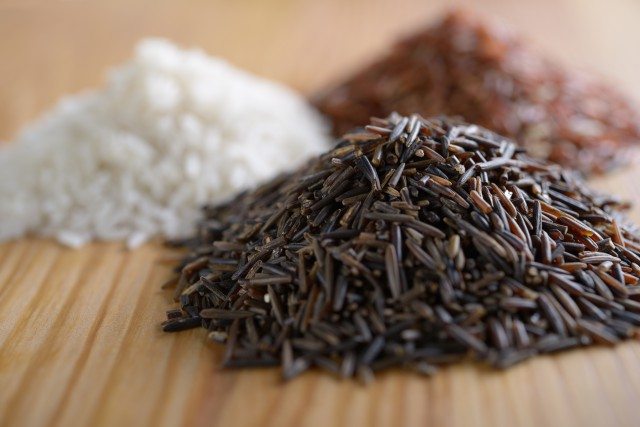The Bühler Group has on May 1, 2014 launched SORTEX S UltraVision for rice processors to define their desired quality level for rice, even when faced with highly contaminated incoming material while not compromising on yield.
Currently, rice processors face challenges such as product contamination, subtle defects that are difficult to detect, competition, consolidation of rice mills and meeting demand for different levels of rice quality, including export standards.
They must also define which grains are acceptable and those they wish to reject, which “existing optical sorting solutions restrict adjustment for defects without specific controls”, says Neil Dyer, global product manager for Buhler Sortex.
Features of fully-automated, flexible sorter
Designed and built in the UK, the SORTEX S UltraVision has up to six modules, a patented high capacity feed system and improved detection of defects.
The fully-automated sorter constantly scans passing rice, self-learns as product changes and adjusts itself automatically, thereby removing the need for manual intervention.
It is also designed to consistently operate at the optimum level until the end of every batch.
It has an in-built intelligence for the sorter to make intuitive decisions about determining good and reject grains, while its defect detection capability allows processors to adjust sensitivity for each of multiple defects, individually.
This allows processors to define the exact ‘accept’ levels necessary to meet their customers’ requirements, thereby eliminating waste and boosting profit.
Determining shades of yellow in rice grains
“Until now, operators could not distinguish between different shades and have had to increase overall sensitivity in order to remove all subtle yellows, thereby also removing all subtle greys and ultimately reducing yield,” says Ben Deefholts, Buhler Sortex rice specialist.
He said SORTEX ProSort software, featuring intelligent modes, is behind this capability.
These modes hold the detailed characteristics of individual rice varieties and defects, allowing operators to tailor sort quality and improve yield.
The new user interface gives easy control, allowing swift changes from one rice product to another, or one quality standard to another, significantly reducing costly downtime.
“Processors can consistently achieve export quality by just selecting the rice variety, setting each defect’s sensitivity and pressing the start button,” said Deefholts.
“The new software platform SORTEX ProSort is incredibly intuitive and easy to use, which will help eliminate user error and help our customers to always get the sorting performance they desire from the sorter,” Dyer tells Food News International.
“By using pre-installed Intelligent Modes, even inexperienced users can set the sorter up for an export quality sort in three easy steps.”
“The individual defect detection then allows users to adjust the level of removal for each individual defect – by simply moving a slider.”
Removing defects with real-time information
“The system looks at the incoming product and separates it into ‘good’ product or one of many different defects,” Dyer tells Food News International.
“This allows the user to see trends in the incoming product while understanding how the product compares to the regular supply.”
“The individual defect detection also shows the user real-time information on the level of each defect the sorter is removing.”
“The SORTEX S UltraVision has been developed with new technologies, such as Textured light-emitting diode (LED) Lighting, ‘Ultra’ color cameras and Crosshair Targeting, enabling processors to remove any defect in the rice, as well as foreign materials such as glass, stones and plastic, which are always classified as defects.”
The new Textured LED Lighting technology and proprietary-designed, multi-chromatic ‘Ultra’ cameras detect defects almost imperceptible to the human eye.
The Crosshair Targeting technology improves the accuracy of ejection, even at very high capacity, by firing just the right amount of air, removing fewer of the good grains with the reject.
Markets for new system
“Being a flexible system, we believe SORTEX S UltraVision will see success all around the globe,” says Dyer.
He tells Food News International that Columbia, India, Thailand, Turkey and the US are the top five countries that will have successful installations of the system.
He says these countries have one of the “highest export volumes of premium rice.”
“The countries that not only grow large quantities of premium rice, but also export them will always look to maximize yield as the product is of higher value.”
“Because of the flexibility and control SORTEX S UltraVision offers, our customers will now be able to maximize the revenue they generate on individual batch like never before.”










